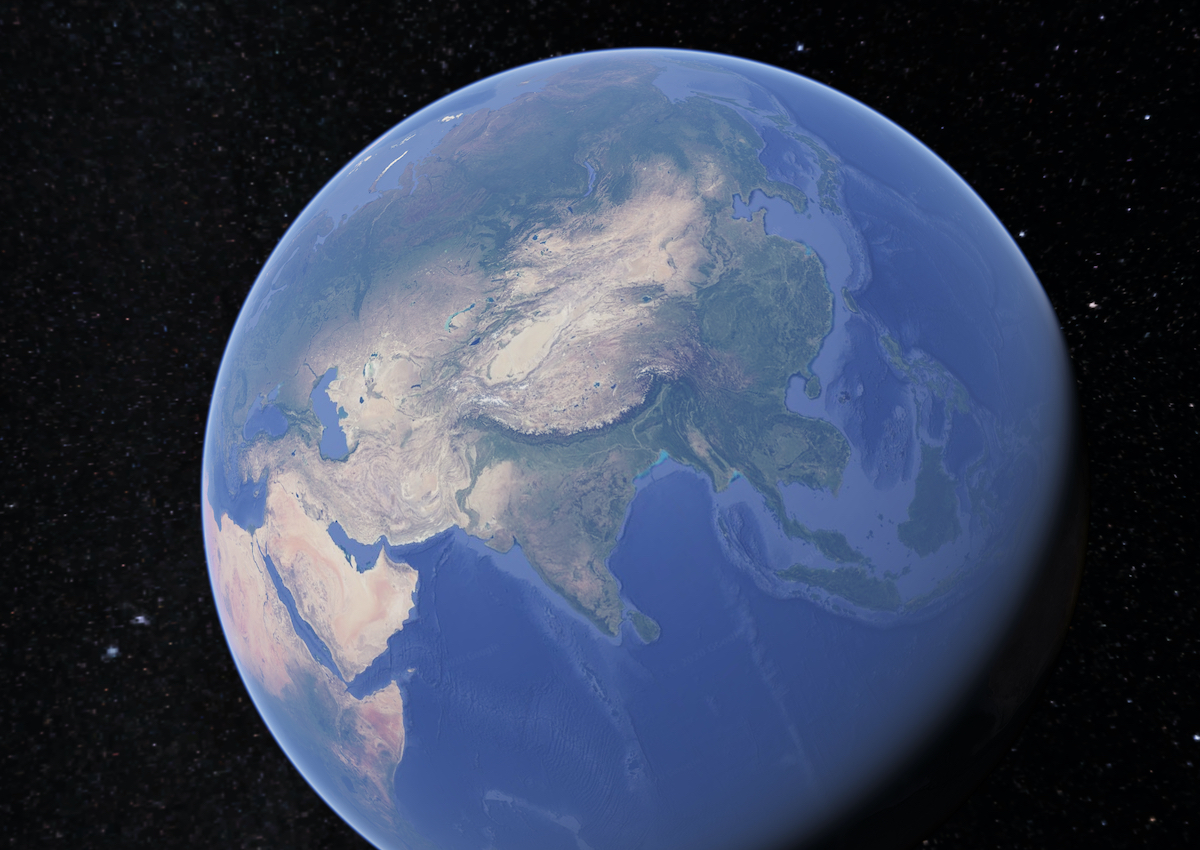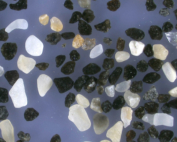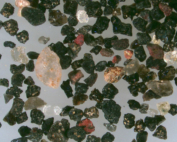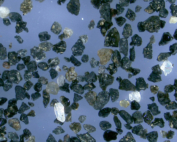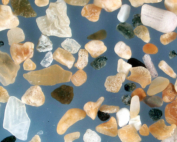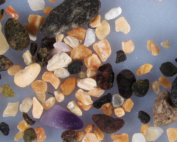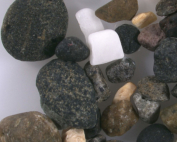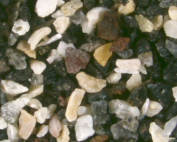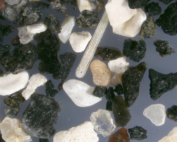
Djúpavík, a small village in the Northwest of Iceland in the Westfjords region, consists of seven houses, a hotel and the ruins of a herring factory. In the mid 1930’s Djúpavík boasted of the first fully automated fish factory in Europe but began to decline in the mid- to late 1940’s when there was a decline in herring fishing. The hotel is open mostly in summer months as Djúpavík is often cut off from road transportation during winter months. As of 2010 Djúpavík had 2 year-round residents and three summer residents. Work continues to update and preserve the site while maintaining its cultural heritage.
Geographic Overview
Djúpavík is a small town in the Northern Westfjords known for its large abandoned herring factory (https://djupavik.is/en/gamli-timinn-myndir/), part of which has been remodeled into a hotel. The hotel is open mostly in summer months as Djúpavík is often cut off from road transportation during winter months. While Djúpavík flourished between 1935 and 1954, in 2010 Djúpavík had 2 year-round residents and 3 summer residents. Work continues to update and preserve the site while maintaining its cultural heritage.
Sand Gallery

This view shows clear quartz sand grains admixed with a mixture of green, tan and reddish-brown grains. The reddish-brown grains have relatively smooth edges and are fragments of jasper.

This low magnification shows a mixture of greenish-gray to black volcanic sand grains admixed with clear quartz sand grains. All grains have relatively sharp edges indicating that wave and wind action have not been sufficient to smooth grain edges.







